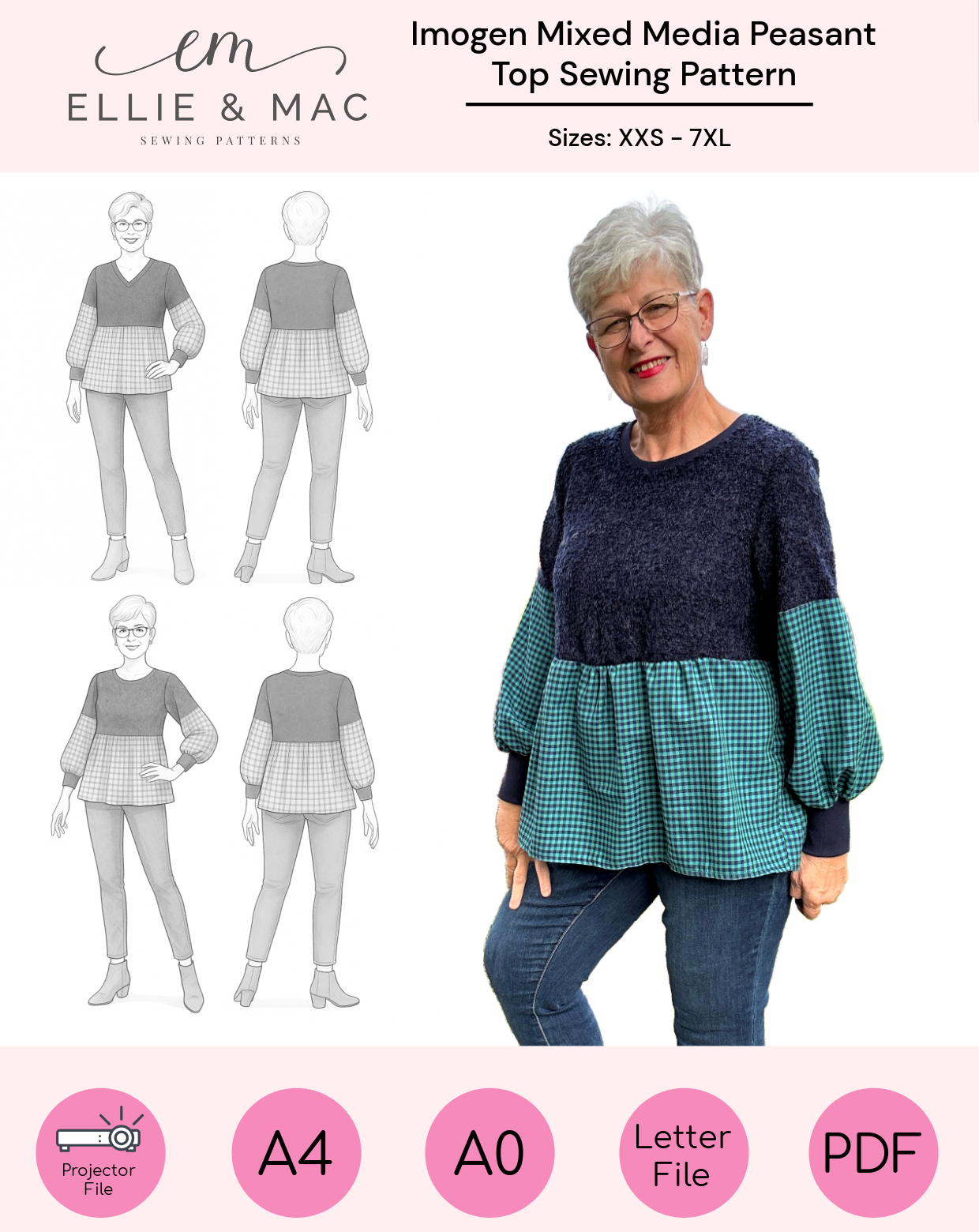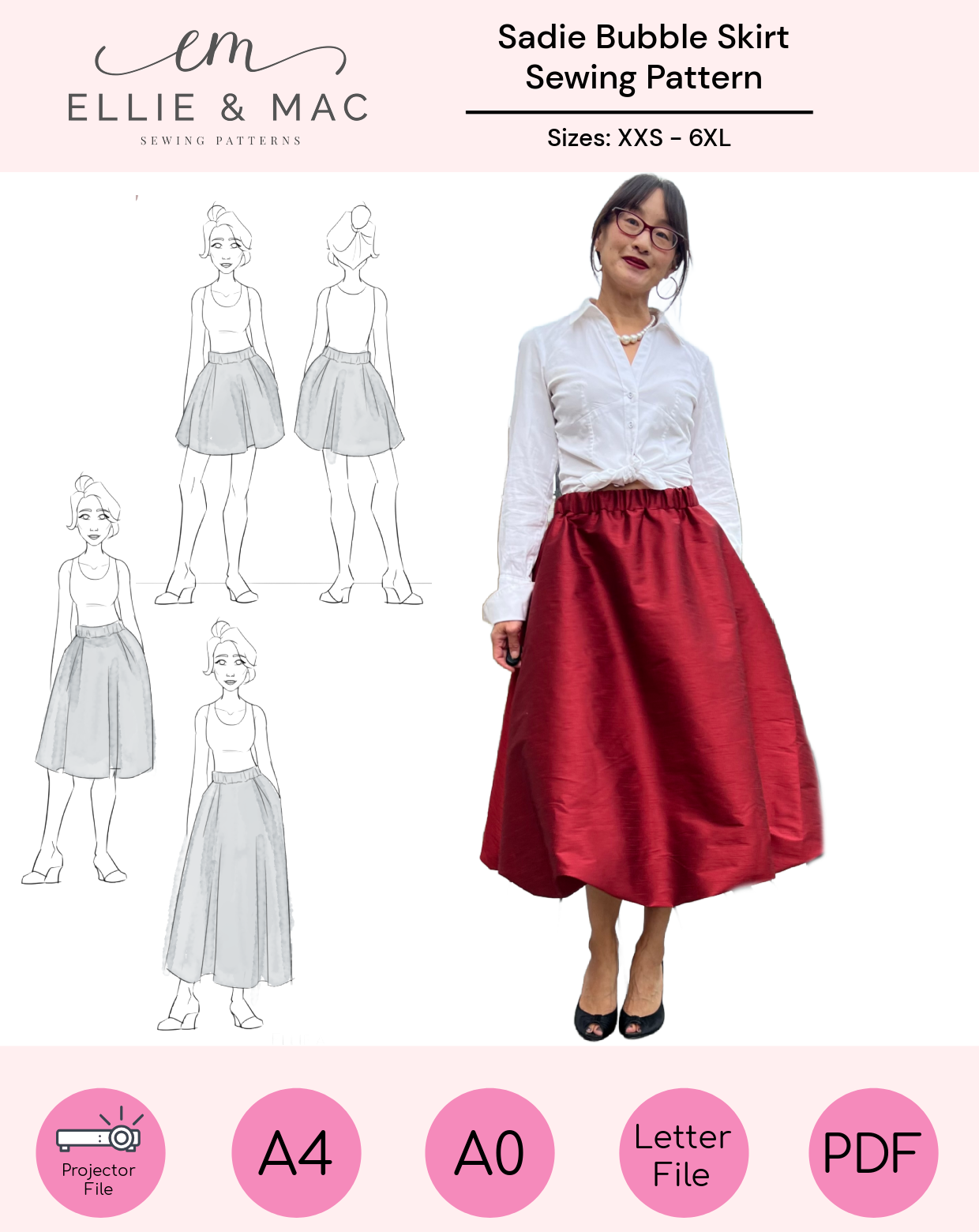In this opening of a series on indoor photography, I’ll outline future blogs that will aim to help the beginner photographer in producing pleasing images within the challenging environment that is the common household. Upcoming parts will individually address three key elements that you can manipulate within your given scene so that you can maximize your outcome with the equipment that you have. By working on these three elements individually, you will find your way to a certain technical expertise that is bound to support your creativity. A photography (“photos” referring to light) is a re-presentation by your camera’s processor of how the image is illuminated by light. Here are the three ways your camera is able to expose the image that you see with your eyes.
Triangle of exposure
The most important to understand when starting photography is to understand exposure. A perfect exposure results in an image that is well light and naturally pleasing. To get a well light image, you need a balance within what is called the triangle of exposure. There are three elements that form this triangle: aperture (A), Shutter speed (S) and ISO. You need to think of their interplay as a zero-sum game with your target exposure being a zero; indeed, if one element is at +1 and the other two are at -1 each, your total is -1 leaving you with a dark image. Where you wanted a value of zero, you achieved a value of -1, or a stop too dark to utilize photography lingo. To compensate back to zero you would need to raise any of the three elements by +1, or another stop of light.
The triangle of exposure might be easier understood by imagining how the scene travels through the camera. The first point of entry is the lens. A camera lens is comprised of several high quality pieces of glasses that are of different shapes to give it a focal length (35mm, 50mm, 15-55mm zooms, etc.). In part 1 we will come back to different types of lenses for indoor photography. The other part of the lens that interests us here is the aperture. The aperture works much like the iris of your eye. The bigger in diameter and more open it gets, the more light it lets in. That is, the first tip for indoor photography, the wider the aperture the better for you triangle of exposure.
Once the scene makes through the lens, it needs access to the sensor on the camera. But, the sensor is highly sensitive to light; it is therefore always protected by a shutter. If the shutter doesn’t open, there’s no image that reaches the sensor and therefor no light; hence, no photo is exposed on it. To get an exposure, the shutter button needs to be pressed. This will open and close the shutter extremely quickly. The speed at which the shutter will open and close will determine the amount light that will hit the sensor. A slower shutter speed will expose the sensor a longer time to light and therefore brighten your capture. This is the second tip, a slower shutter speed will give you brighter photos indoor.
Finally, the third element of our triangle is ISO. ISO refers to the sensitivity of your sensor to the light that comes through the aperture and the shutter. A higher ISO capture light more easily. 
By playing with these three elements, you can compensate for what is one of the hardest things to work with indoors: the low availability of light. The three things are the basics of how to extract more light when not a lot is available.
I encourage you to put your camera on manual mode and try these different elements. Keep two the same and only change one, see what happens. Each have advantages and disadvantages when you push their limits. Each also have equipment that can help further exploit their benefits. I will speak to these in the upcoming parts.
(written by: Gabriel Laviolette-Cayouette)



















